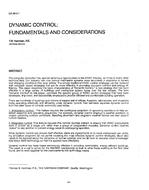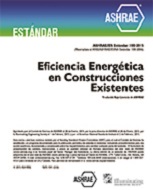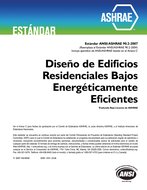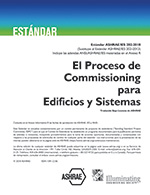Description
The computer revolution has opened enormous opportunities to the HVAC industry, as it has to every other technical field. Our industry can now control mechanical systems more accurately in response to current and changing conditions than ever before. The simple traditional HVAC control strategies can be replaced with computer based strategies that are far more effective in providing occupant comfort and energy efficiency. This paper describes the basic characteristics of “Dynamic Control,” a new strategy that has been effective in a large variety of buildings and mechanical system types over the last decade. The term “Dynamic Control” in this paper, connotes the specific group of HVAC control strategies that have been developed, improved, and successfully employed to provide efficient and comfortable building operation.
There are hundreds of buildings and millions of square feet of offices, hospitals, laboratories, and museums today operating effectively and efficiently under dynamic control. Two elements separate dynamic control from the other types of controls commonly used today.
1. Anticipatory control: This feature requires the continuous projection of upcoming conditions to help establish setpoints and operating sequences. For example, dynamic control employs a weather predictor to project upcoming outdoor conditions. Resulting short-term and long-term weather factors are then used in control routines.
2. Integrated control: This feature requires that control routines interact to ensure that HVAC components work in unison as a single unit rather than a group of independent modules. Dynamic control routines “speak” to one another to prevent energy waste in overlapping operation.
While dynamic control has proven itself effective, there are impediments to its more widespread use. Building simulation programs do not permit modeling the most effective dynamic control strategies. Much also needs to be learned about the dynamics of human comfort, and we all have to become more knowledgeable about EMS technology so that it is applied more effectively.
Dynamic control has been found enormously effective in providing comfortable, energy efficient buildings. This paper is a call to action for the ASHRAE membership to look at what those working in the field have found, and to work together for the improvements this technology needs.
Units: I-P
Citation: Symposium, ASHRAE Transactions, 1988, vol. 94, pt. 1, Dallas, TX
Product Details
- Published:
- 1988
- Number of Pages:
- 11
- File Size:
- 1 file , 1.1 MB
- Product Code(s):
- D-DA-88-02-1




